Environmental 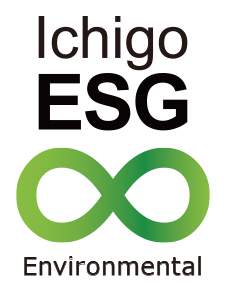
GRESB
Since its launch in 2009, GRESB has assessed the performance of various property companies and funds around the world, establishing a global standard for ESG benchmarking that is now applied to a broader and more diverse class of real assets. Today, more than 150 GRESB investor members who are some of the largest pension funds and their fiduciaries, including the Government Pension Investment Fund (GPIF) and several investors in Japan, use the GRESB data in their investment management and engagement process to better understand the sustainability risks and opportunities intrinsic to their real assets investments.
Ichigo Office has been participating in the GRESB Real Estate Assessment since 2016. In the 2025 GRESB Real Estate Assessment, Ichigo Office was awarded Three Stars in the GRESB Rating (maximum five stars) for the second year in a row, based on the quintile position of Ichigo Office's GRESB Overall Score relative to global participants. For the ninth consecutive year, Ichigo Office also recieved a “Green Star” designation, exemplifying Ichigo Office’s high achievement in areas of ESG-related policies and organizational setup (the “Management Component”), and the environmental performance of its assets as well as tenant engagement (the “Performance Component”).
Ichigo Office also received the highest “A” GRESB Public Disclosure Level, which measures the quality of ESG disclosures by REITs and listed property companies.
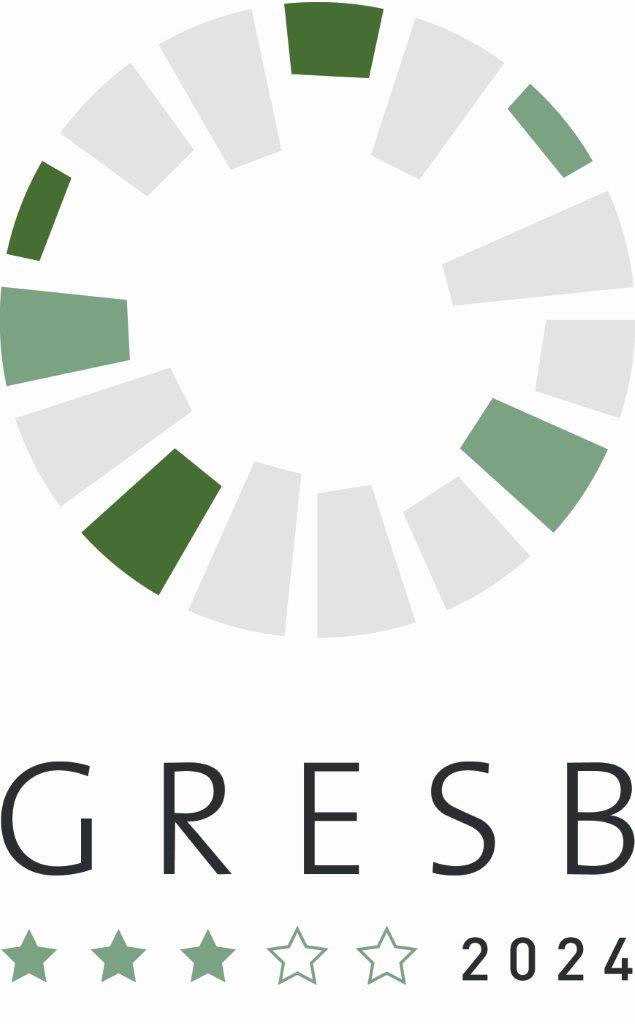
Environmental Certifications
CASBEE
The Comprehensive Assessment System for Built Environment Efficiency, or CASBEE, is a Japanese government certification that evaluates and rates buildings’ environmental performance based on their energy and resource efficiency, recycling activity, environmental load, and aesthetic appeal.
CASBEE-certified buildings are scored for their environmental performance in five categories and receive a total environmental performance ranking (from highest to lowest): S, A, B+, B.
Two of Ichigo Office's buildings have earned the highest S rating, and two have earned the second-highest A rating.
S rank
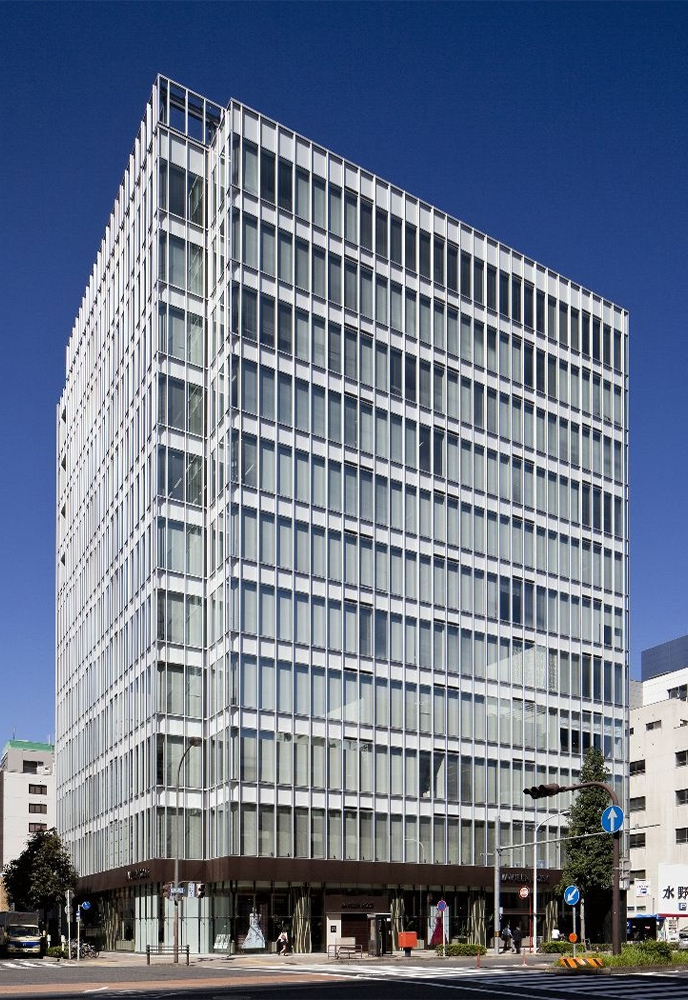
(Received on April 27, 2022)
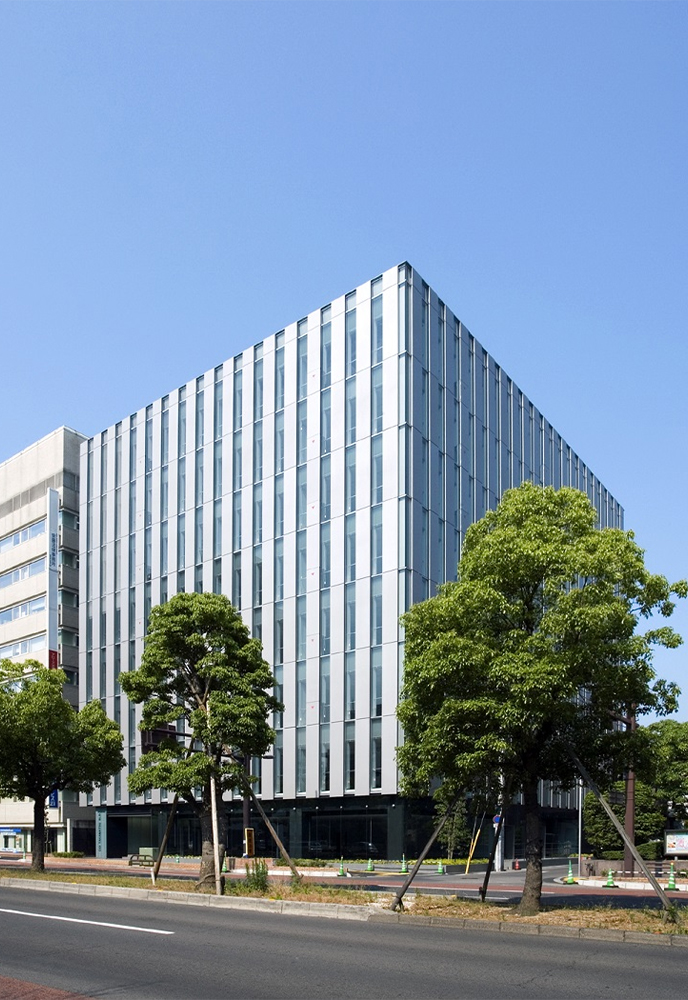
(Received on October 31, 2022)
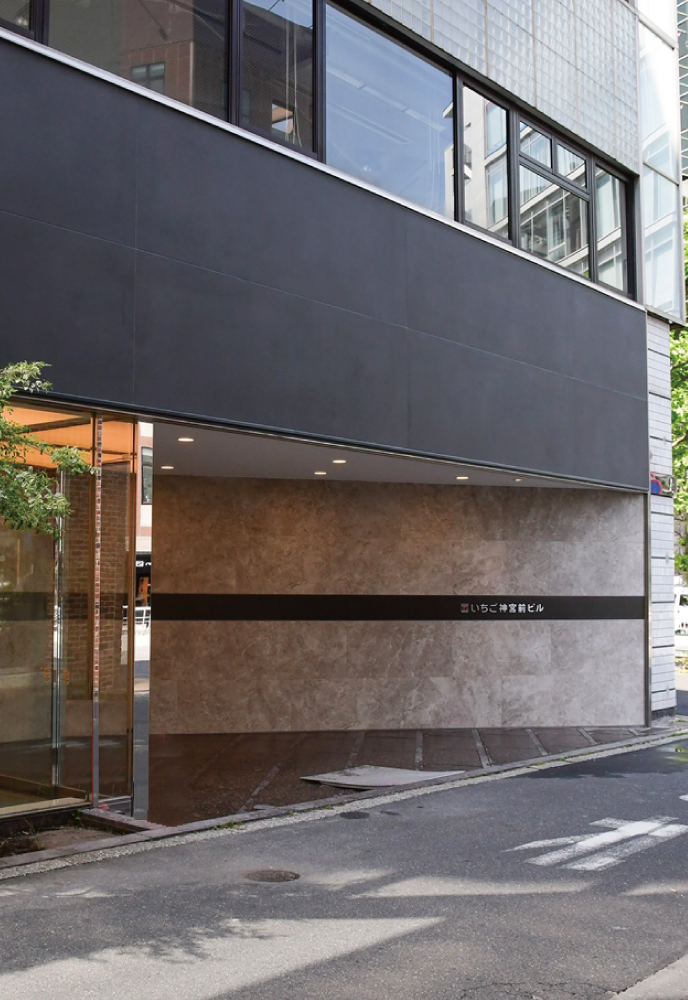
(Received on January 11, 2022)
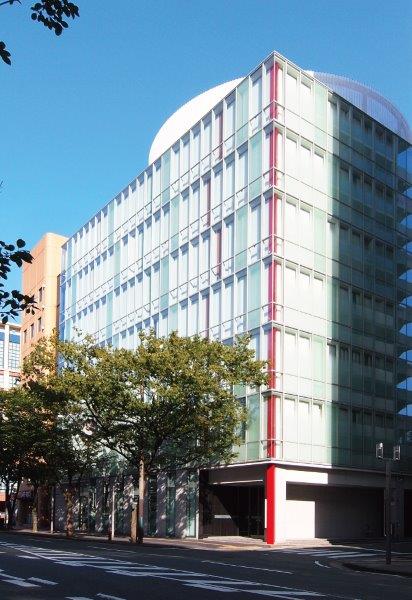
Ichigo Hakata Meiji Dori Building
(Received on October 1, 2023)
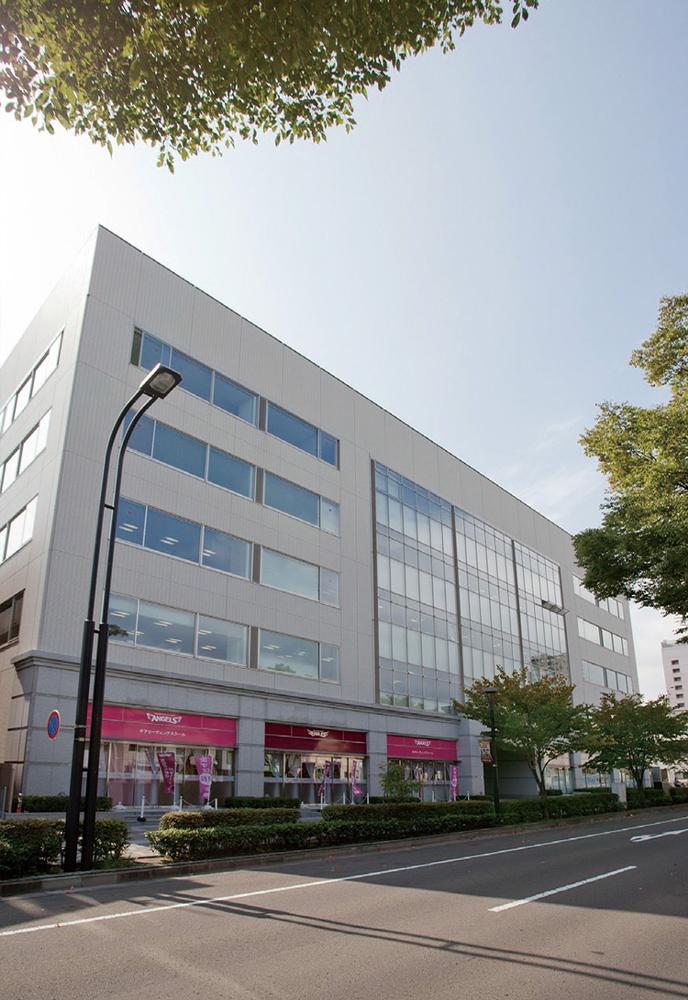
(Received on April 26, 2024)
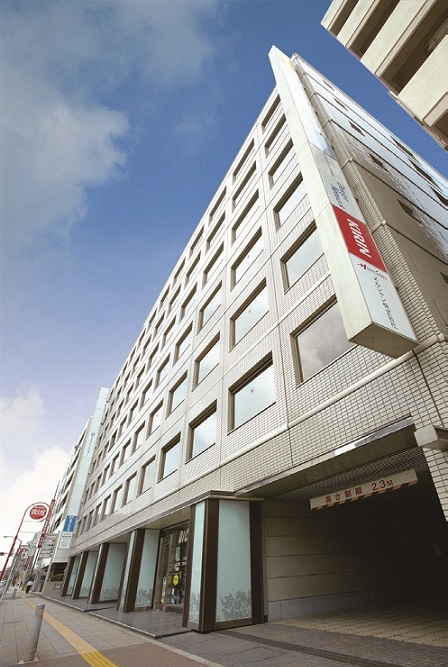
(Received on March 13, 2025)
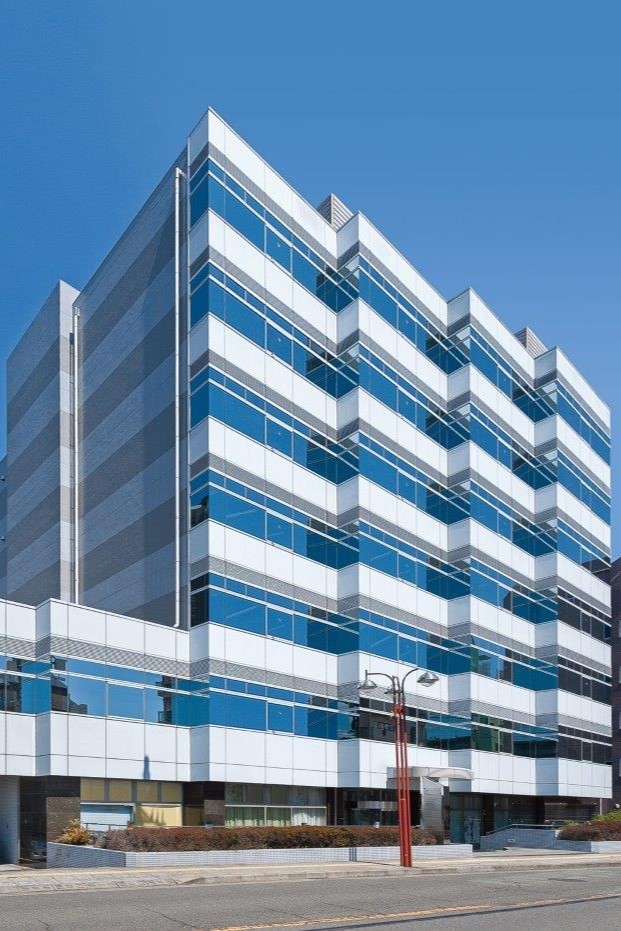
(Received on March 13, 2025)
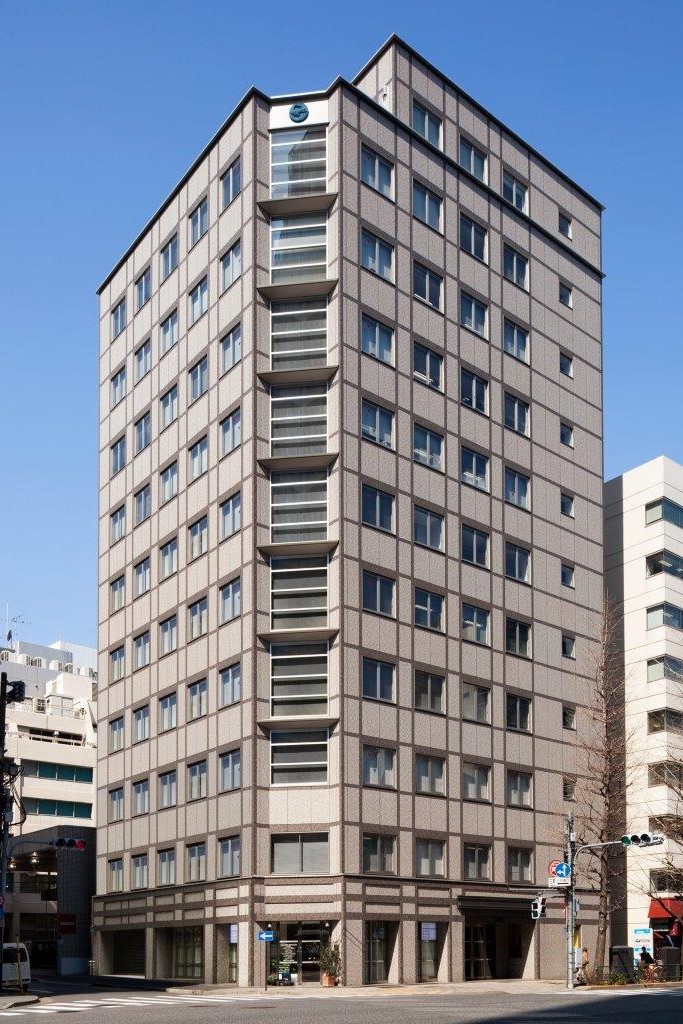
Ichigo Kanda Nishikicho Building
(Received on March 13, 2025)
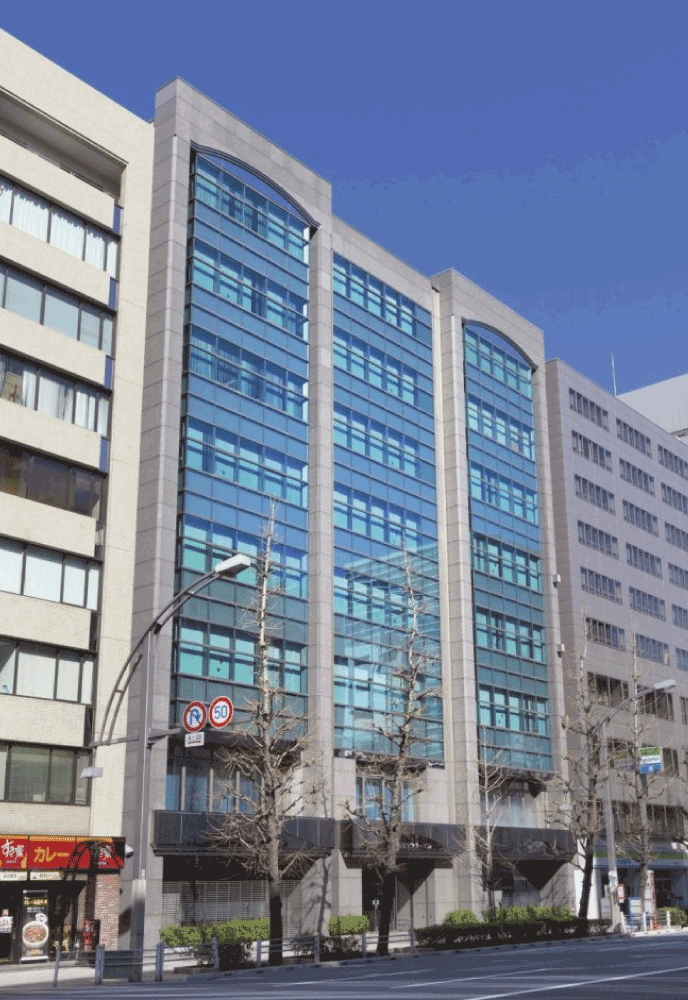
Ichigo Akihabara North Building
(Received on September 30, 2025)
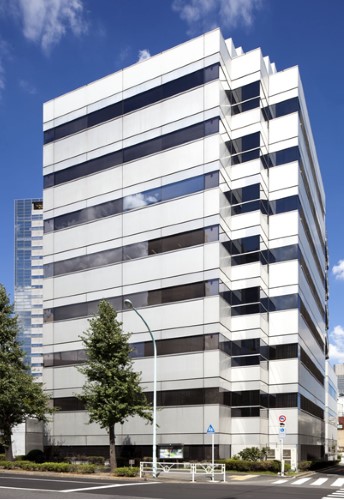
Ichigo Nishisando Building
Building A(Received on October 24, 2025)
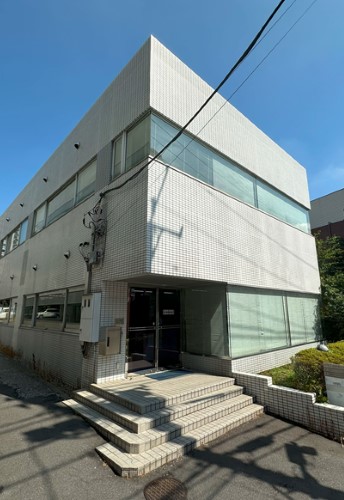
Ichigo Nishisando Building
Building B(Received on October 24, 2025)
A rank
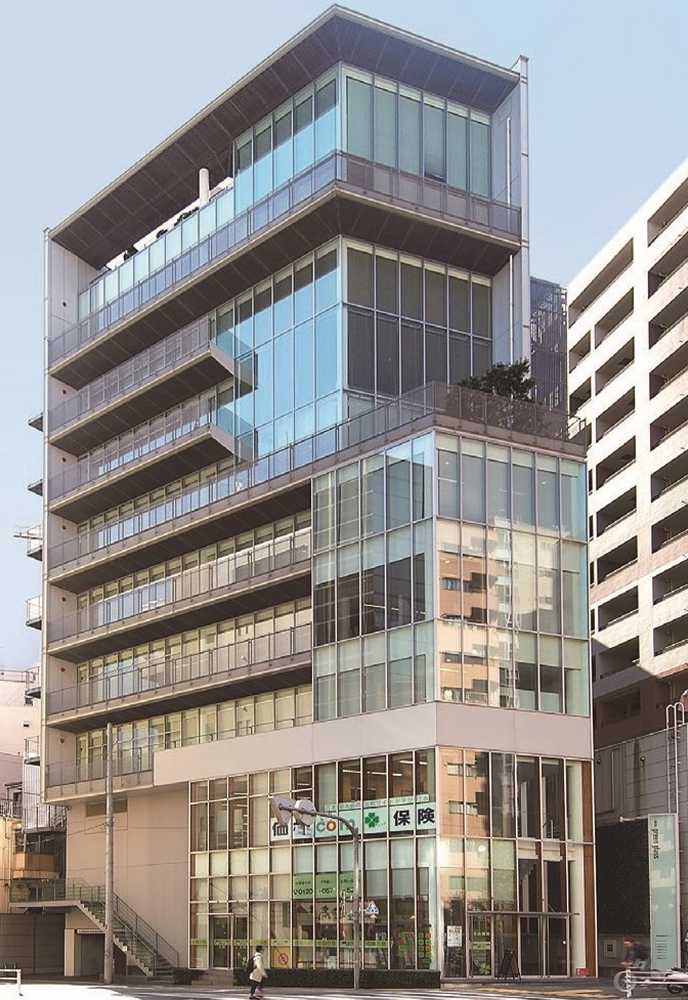
(Received on April 27, 2023)
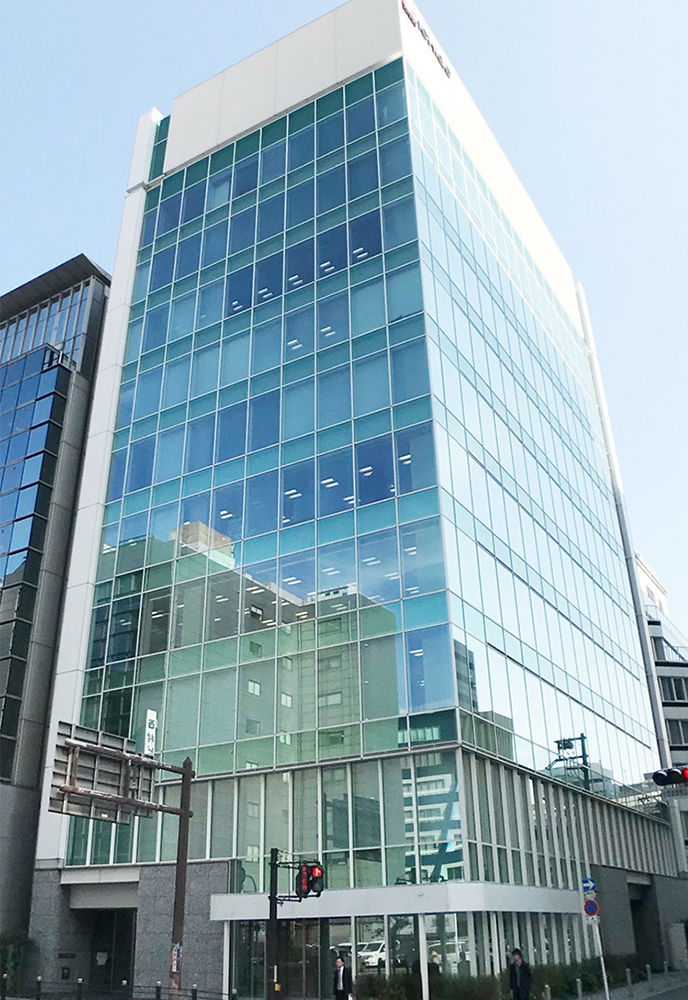
Ichigo Sakaisuji Honmachi Building
(Received on April 26, 2024)
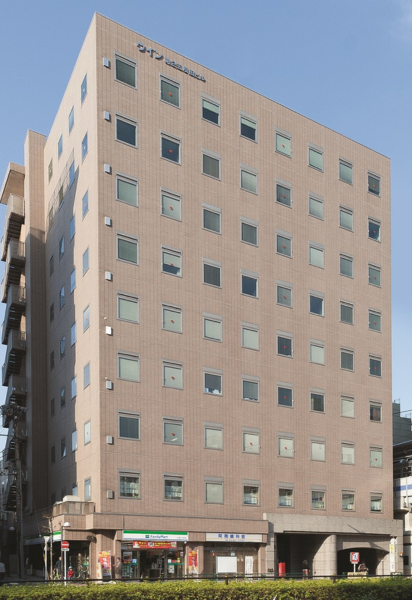
(Received on December 14, 2020)
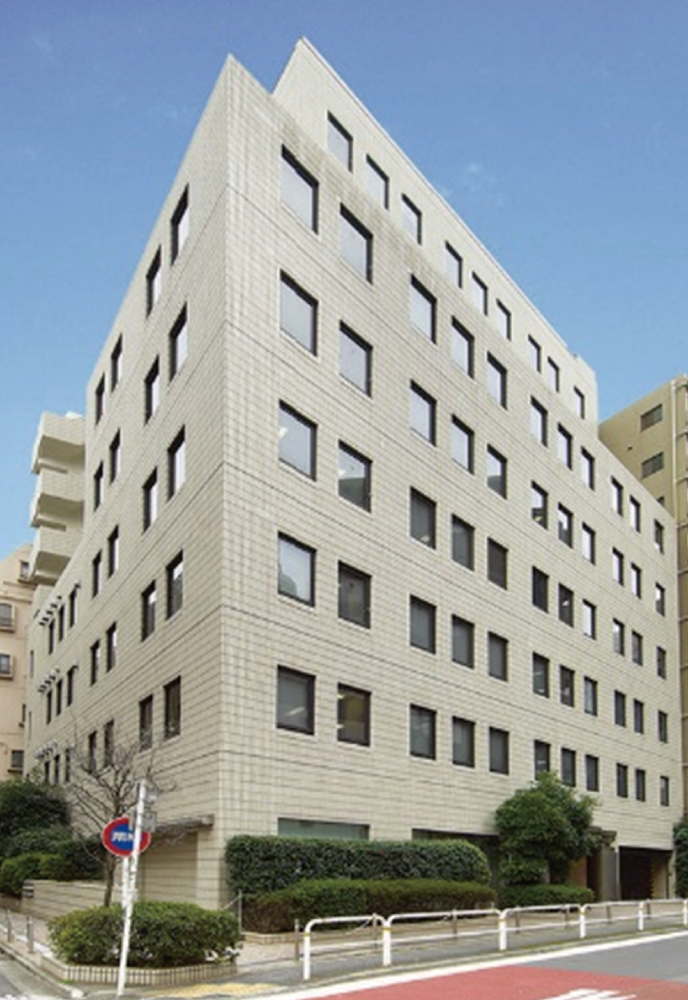
Ichigo Higashi Gotanda Building
(Received on January 11, 2022)
BELS
The Building-housing Energy-efficiency Labeling System, or BELS, is a Japanese government evaluation system that assesses the energy efficiency of non-residential buildings. A third-party organization evaluates both new and existing buildings using a Building Energy Index based on Japan’s national energy-efficiency standards. BELS ranks energy efficiency by awarding up to five stars.
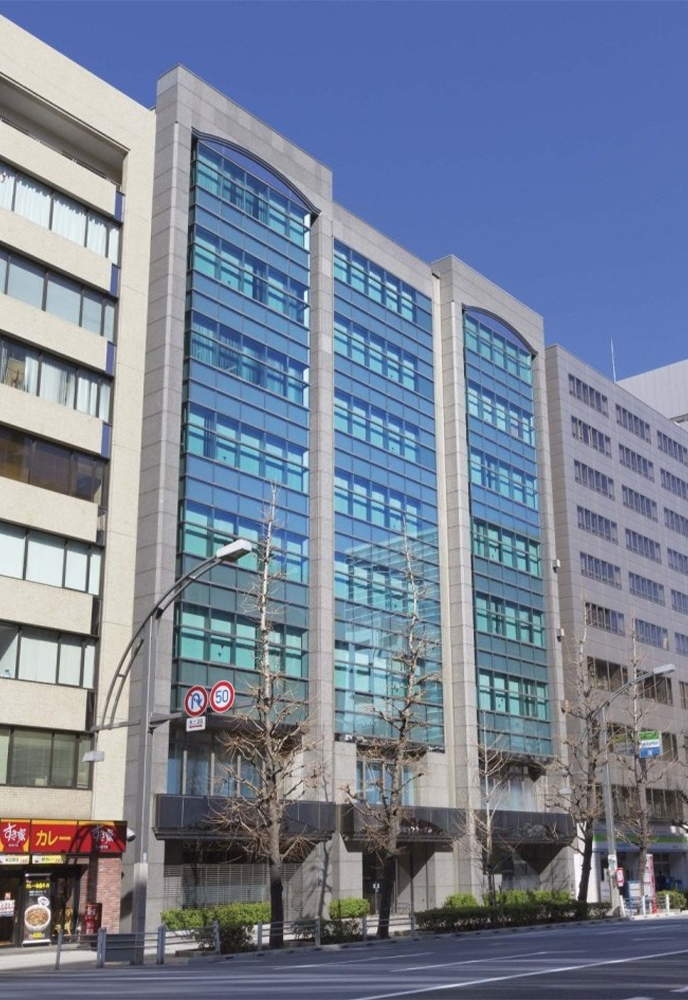
Ichigo Akihabara North Building
2 Stars★★☆☆☆
(Received on April 27, 2017)
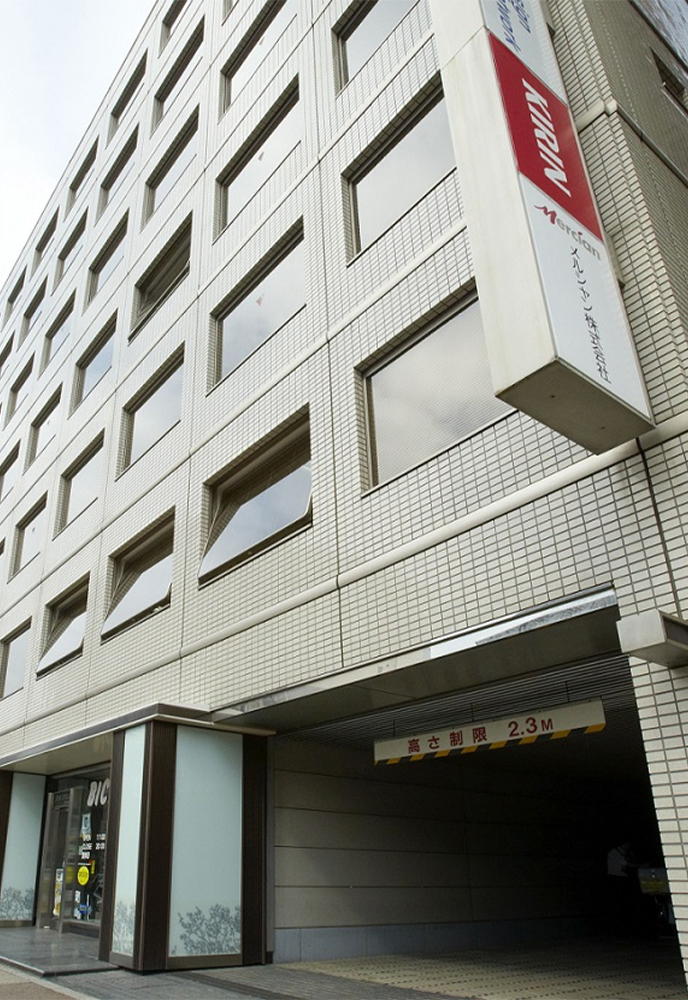
1 Star★☆☆☆☆
(Received on October 31, 2017)
DBJ Green Building Certification
The Development Bank of Japan offers this comprehensive evaluation system, which looks at not only environmental factors but also social ones, such as whether the building is serving the needs of diverse stakeholders. The DBJ identifies and certifies Green Buildings that meet these environmental and societal needs, and ranks them up to five stars.
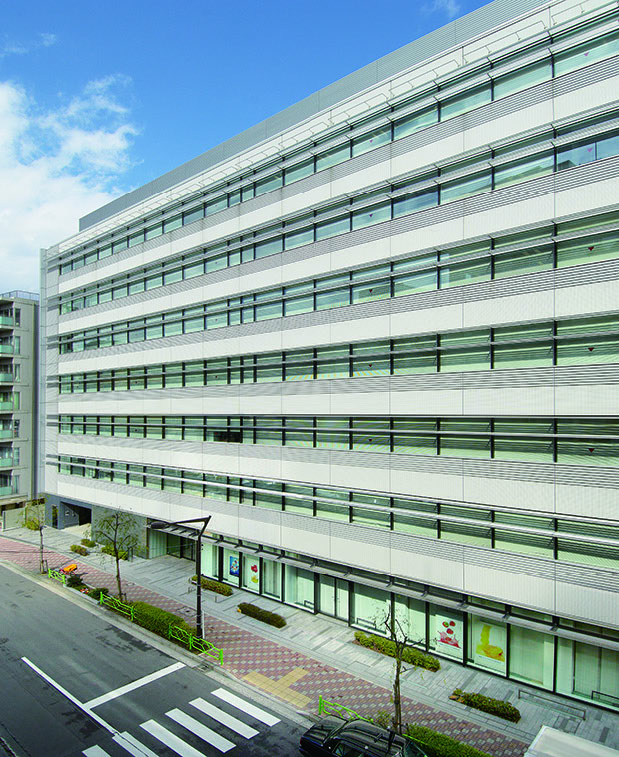
Ichigo Nihonbashi East Building
3 Stars★★★☆☆
(Received on September 28, 2021)
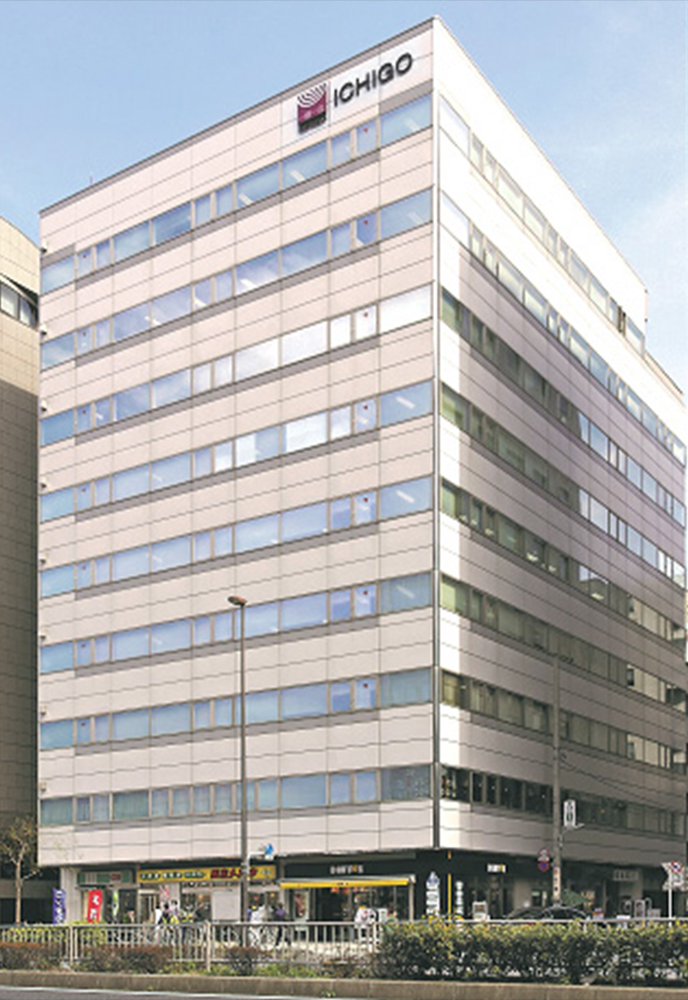
3 Stars★★★☆☆
(Received on September 28, 2021)
Tokyo Low-Carbon Small and Medium-Sized Model Buildings
A Tokyo Low-Carbon Small and Medium-Sized Model Building is a building ranked A1 or higher by the Tokyo Metropolitan Government based on a benchmark assessing the level of CO2 emission intensity. The benchmark was developed by the government in 2012 with an aim to promote a real estate market in which buildings with lower CO2 emissions are more valued.
About Tokyo Low-Carbon Small and Medium-Sized Model Buildings (Japanese)

A3
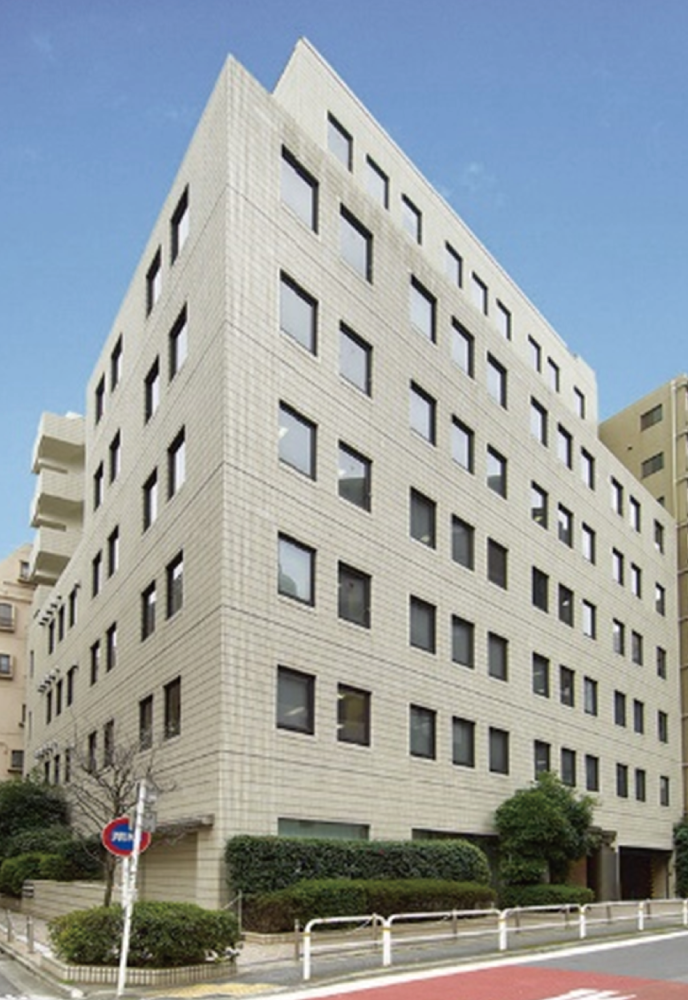
Ichigo Higashi Gotanda Building
A3-
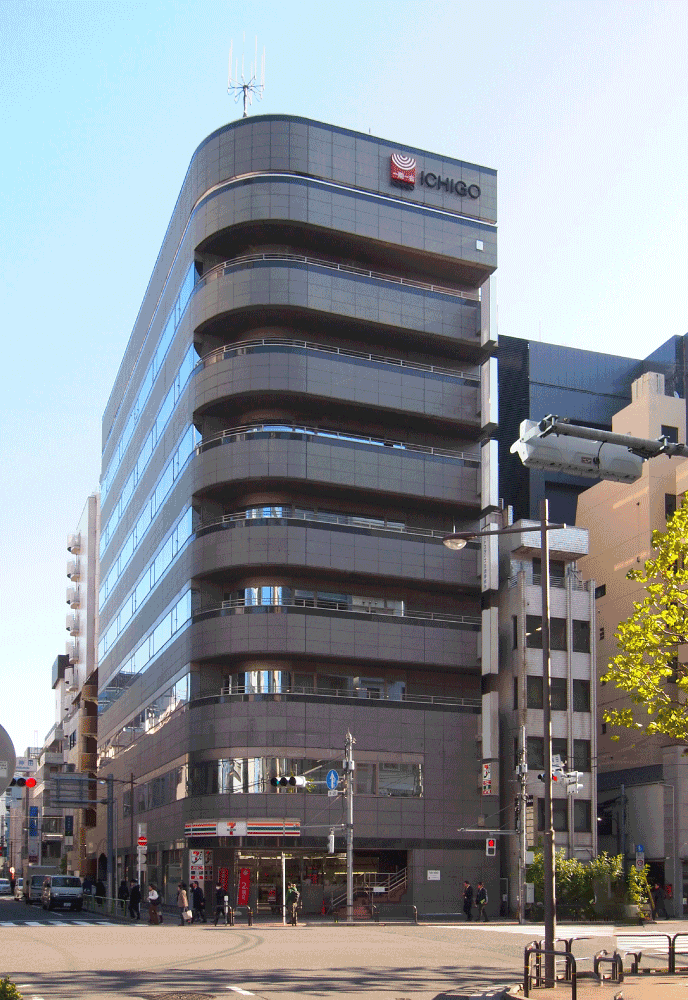
A2+
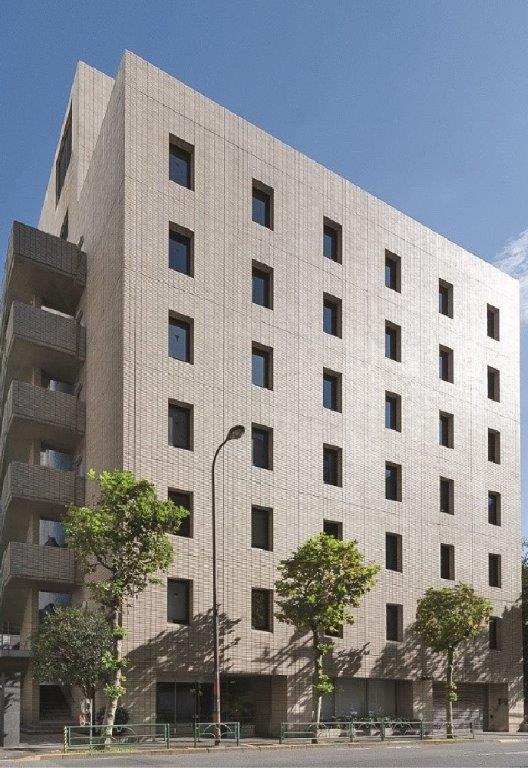
A2

Ichigo Akihabara North Building
A1+
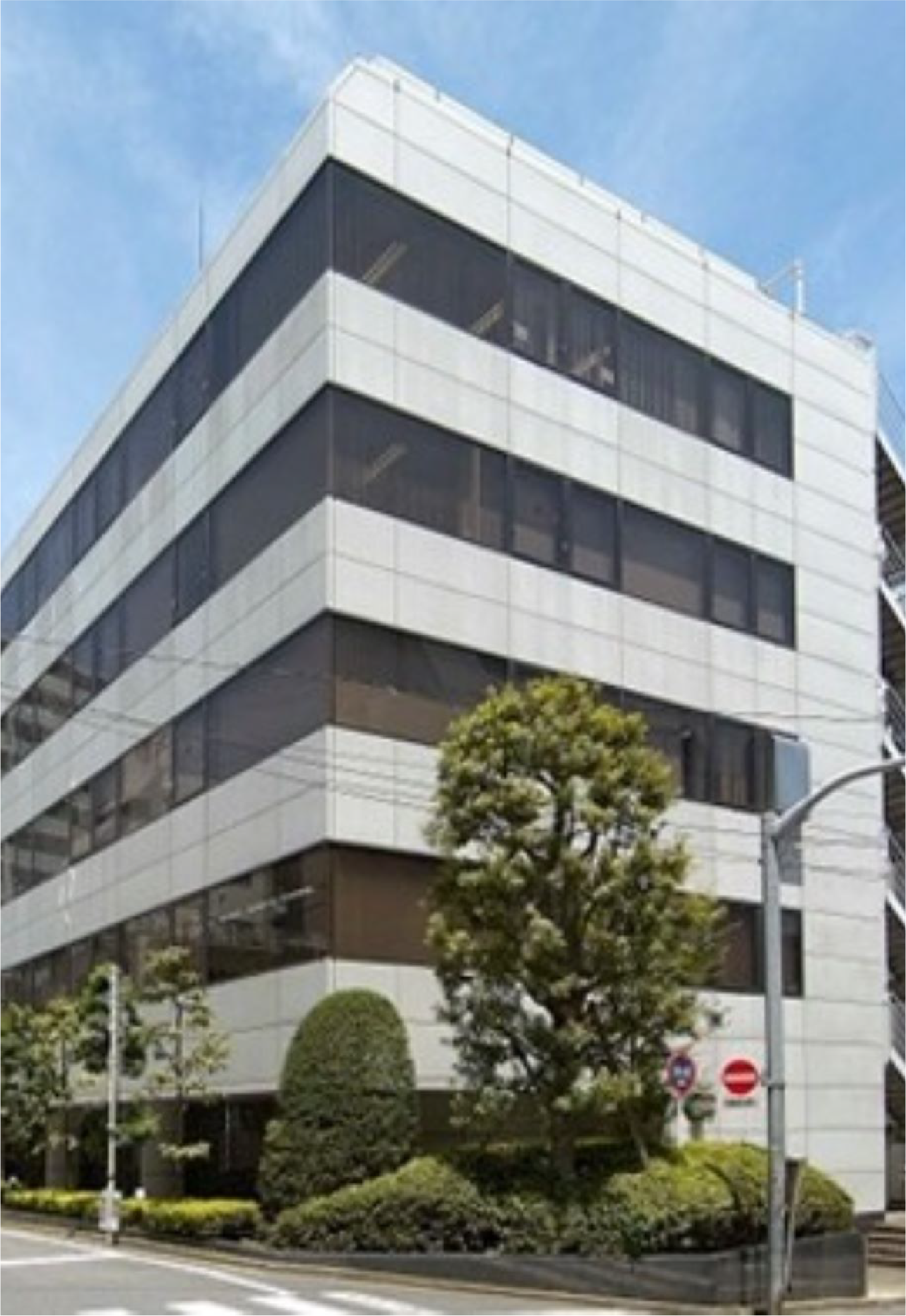
A1+
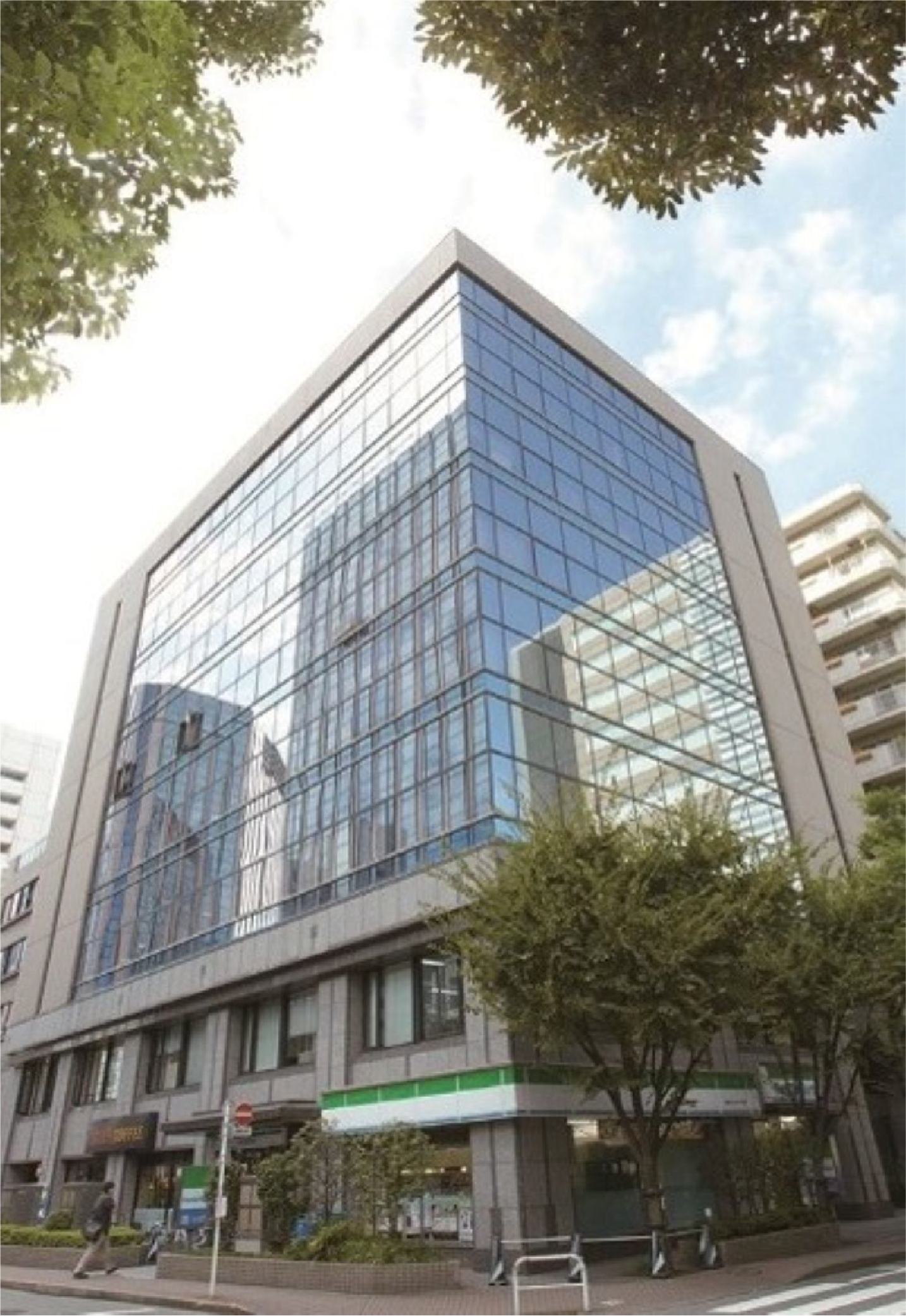
A1+
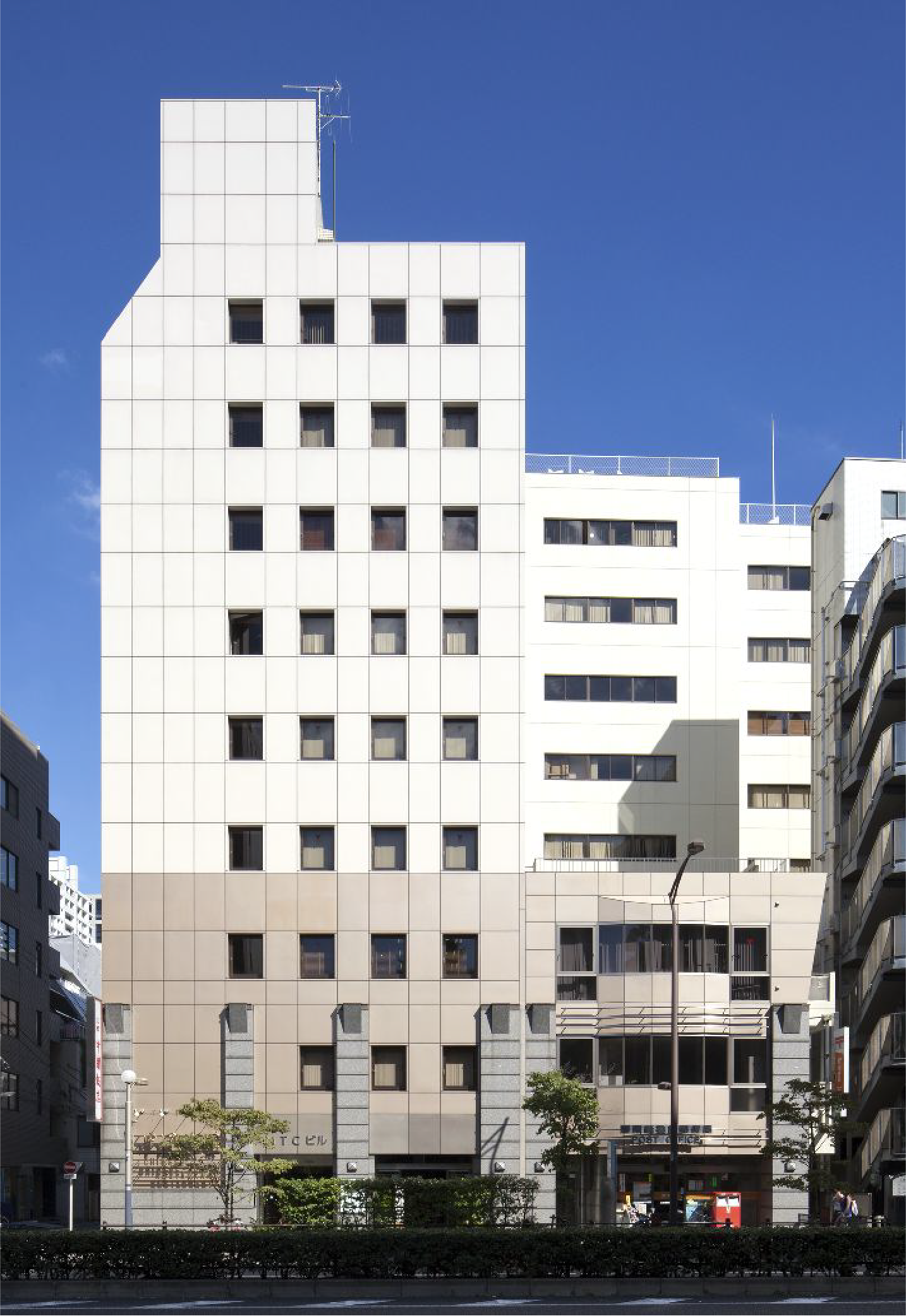
A1+
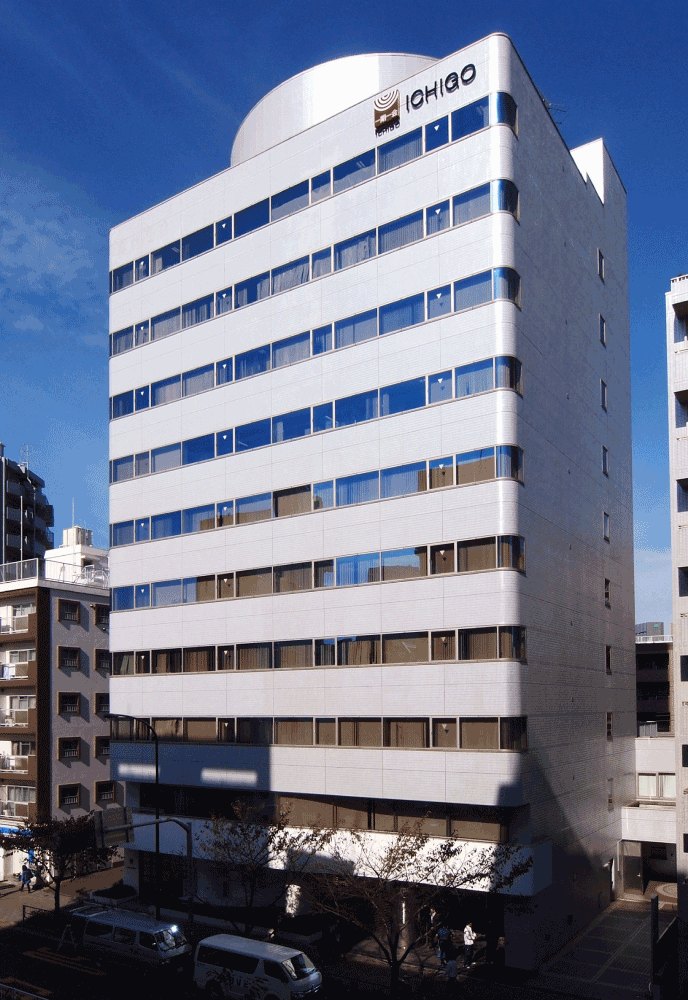
A1
Energy Efficiency
HVAC upgrades and LED lighting installations lowering energy consumption
Sustainable Real Estate Serving a Sustainable Society
Ending wasteful practices of demolishment and embracing value-add. Lengthening useful life and improving quality of existing real estate.
Environmental Performance
GHG Emission Reduction
This table can be scrolled horizontally.
| FY20/2 Actual | FY21/2 Actual | FY22/2 Actual | FY23/2 Actual | FY24/2 Actual | FY25/2 Actual | ||||||
|---|---|---|---|---|---|---|---|---|---|---|---|
| Number of Assets (Properties acquired or sold during period included) |
86 | 87 | 86 | 89 | 89 | 94 | |||||
Energy Con- Energy Consumption |
Total Amount [mWh] |
58,102.35 | 51,166.79 | 49,564.57 | 50,546.39 | 50,043.38 | 49,641.79 | ||||
| Intensity [mWh/m2] |
0.159 | 0.143 | 0.137 | 0.140 | 0.137 | 0.133 | |||||
| (Renewable Energy) [Included in Total Amount, mWh] |
(-) | (-) | (12,719) | (41,279) | (41,747) | (44,684) | |||||
Green- Greenhouse Gas Emissions |
Scope 1+2 | ||||||||||
| Location-based [tons] |
26,339.74 | 22,710.24 | 21,426.28 | 21,087.89 | 20,150.68 | 19,812.53 | |||||
| Market-based [tons] |
26,971.44 | 22,727.34 | 16,494.44 | 2,882.45 | 2,252.70 | 910.11 | |||||
| Scope 1+2+3 | |||||||||||
| Location-based [tons] |
38,363.13 | 56,555.48 | 35,486.24 | 43,714.78 | 40,732.34 | 38,001.37 | |||||
| Market-based [tons] |
37,828.96 | 56,572.57 | 30,554.40 | 25,509.34 | 22,834.35 | 19,098.95 | |||||
| Water Usage | Total Amount [m3] |
285,440.93 | 204,689.90 | 188,813.00 | 209,797.50 | 229,771.20 | 230,961.27 | ||||
| Intensity [m3/m2] |
0.783 | 0.572 | 0.524 | 0.582 | 0.628 | 0.620 | |||||
Ichigo Office’s sponsor Ichigo (2337) has been certified by the SBT Initiative for its Science Based Targets (SBT), greenhouse gas reduction targets set by companies in line with the Paris Agreement goals.
Ichigo’s targets are aligned with a rate of decarbonization consistent to keep global temperature increase to 1.5℃ compared to pre-industrial temperatures, which is more aggressive than the well-below 2℃ (WB2℃) target.
Ichigo Office's Greenhouse Gas Reduction Targets
The table below can be scrolled left to right.
| Target | Target year | ||
|---|---|---|---|
| Scope 1 | Direct emissions owned or controlled by a company | 70% Reduction (2022 base year) |
2030 |
| Scope 2 | Indirect emissions associated with the purchase of electricity, heat, cooling |
||
| Scope 3 | Indirect emissions that are not Scope 1 or 2 (emissions by third-party companies related to a company's business activities) |
25% Reduction (2022 base year) |
|
Ichigo's SBT cover greenhouse gas emissions by Ichigo and its listed J-REITs and solar power producer, Ichigo Office (8975), Ichigo Hotel (3463), and Ichigo Green (9282).
SBT Overview
SBT are greenhouse gas reduction targets set by companies covering a minimum of 5 years and a maximum of 15 years in line with the Paris Agreement goals of reducing Scope 1 and 2 emissions to keep the global temperature increase to 1.5℃ compared to pre-industrial temperatures, and Scope 3 emissions to well-below 2℃. SBT were jointly established by the CDP (a global non-profit organization that runs the world's environmental disclosure system with respect to climate, water, and forestry), UNGC (United Nations Global Compact), WRI (World Resources Institute), and WWF (World Wildlife Fund).

